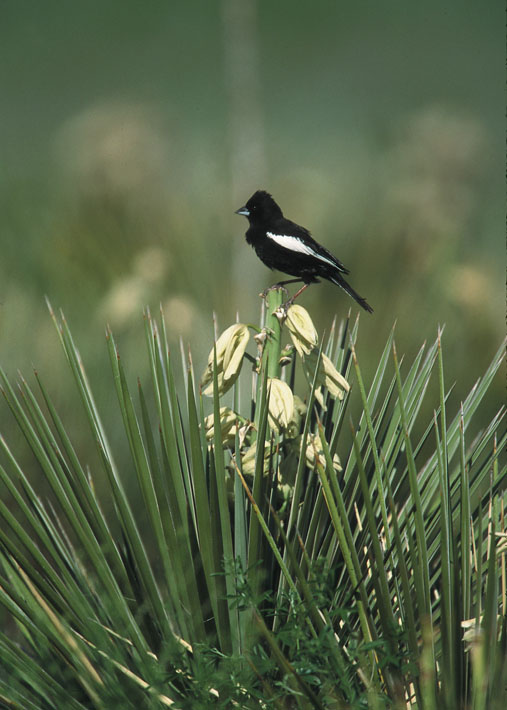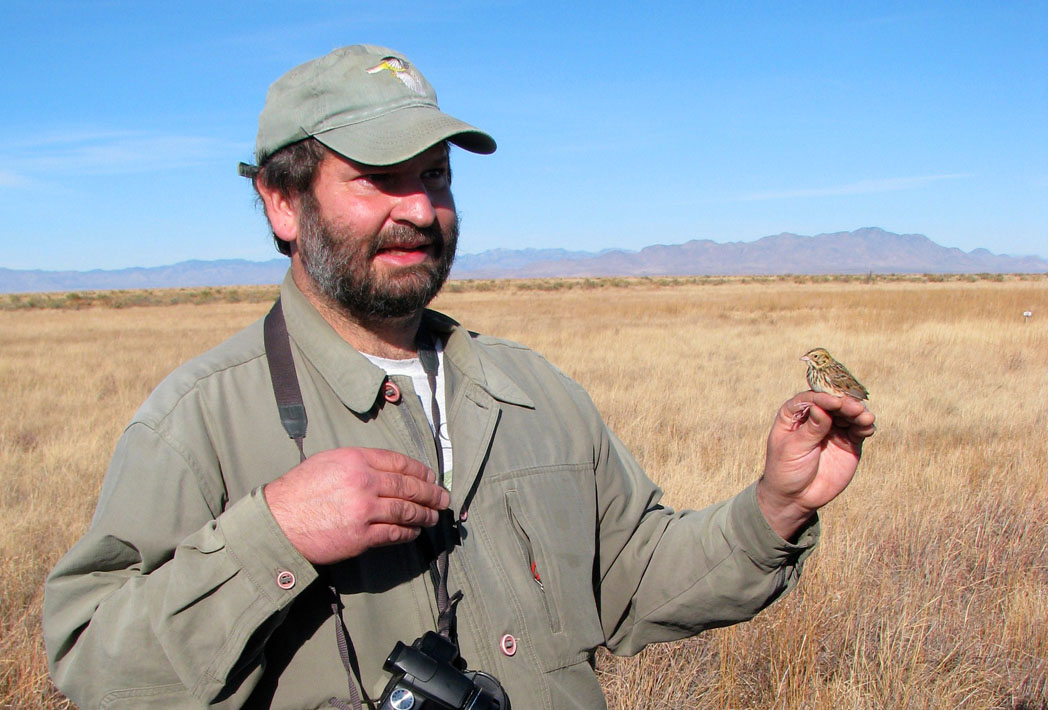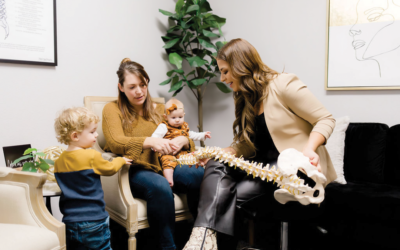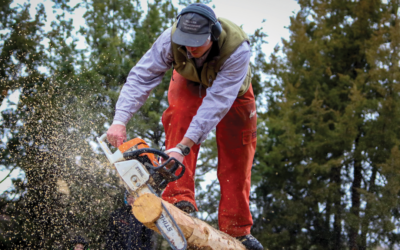Bird-watchers are more numerous than ever.
But the birds themselves? Not so much.
“This is a GREAT day,” Komar says.
It’s 7:15 a.m. in late March, and besides a guest and a runner who dashes by dressed for December, Komar is the only one on the beach. Of course he is – because no one, not even the hardiest of Coloradans, wants to be on the beach on a day like this. But Komar, who spends his days in a lab studying West Nile Virus for the Centers for Disease Control, doesn’t need or want a tan. He isn’t here to bake. He’s here to bird.
Komar is one of the most active birders in NOCO. He has traveled around the world and operates a company, Quetzal Tours, that leads birding vacations throughout the Americas. Yet he still considers NOCO a wonderful place for birding. The area is huge, he says, as big as some states, and its diversity of habitats – mountains, forests and vanishing grasslands – attract hundreds of different bird species. In addition, its many human-made lakes and reservoirs create waterfront habitats that bring in shorebirds.

Komar gets out every day, sometimes in the morning before work, to spend at least a few minutes with the birds. Even an outing as simple as a walk around his Fort Collins home, which backs onto a tract of open space, provides enough time to check another box on eBird. Last year Komar saw a record 318 bird species in Larimer County, and his goal for 2019, as it is every year, is to set another new record. Birders have spotted a grand total of 425 species in Larimer County over the years, Komar says, although at least a few were weird, one-time sightings – the kind birders live for (and question hard, if someone else claims one). He had one of those sightings just the other day, a Harris’s Hawk, which typically lives in warmer Southwestern climes. For some reason, this particular bird has hung around the Fort Collins area for a couple years after getting lost.
There’s a theoretical limit to the number of species one birder can spot in one year in one place, but Komar is competitive,
and …
*tweet*
“Wait, I just heard a killdeer,” Komar says. “That’s nice …Yep, there she is.”
When he’s birding, Komar will cut himself off in mid-sentence whenever he hears a chirp, warble or trill. There are more than 10,000 bird species in the world, and Komar thinks he may know all their voices. When he was 20, he worked for an environmental assessment firm, and it was his job to stay in a forest, listen for all the calls, and to record which species lived there. He’s since studied bird calls via CD recordings and mp3s on eBird.
“I use my ears as much as my eyes,” Komar says.
Komar began birding as a kid growing up in the Boston area. His parents recognized an interest and drove Komar and his twin brother, Oliver, to birding club gatherings in Brooklyn. Eventually the boys received rides to field trips from other birders. Oliver, who lives in Honduras, is now the top-ranked birder in Central America on eBird, Komar says, with sightings of more than 1,000 species. The two brothers will lead a tour across Colorado this year to see various types of grouse, including prairie chickens in Wray, sage grouse in western Colorado and white-tailed ptarmigan in the mountains. The trip will run more than a week and give participants the chance to see more than 180 species.
Komar’s 27-year-old son, Nick Jr., lives in Austin, Texas, and is the best birder there, if you go by birds spotted. Nick Sr.’s wife of 28 years, Maribel, doesn’t share his passion for birds, but she does enjoy being outside. When Komar goes on a vacation to add to his list of 2,044 birds he’s seen around the world, she frequently comes along and finds ways to enjoy herself.
That’s probably a good thing. The Komars have 396,000 miles on their Honda CRV. Most of those are birding miles. So if Maribel doesn’t care so much about birds, what does she really think of his hobby?
“I’ve never asked that,” Komar says, laughing. “I’m afraid of the answer.”

Photo courtesy Sonoran Joint Venture
“There’s been a decrease,
and there’s ample evidence
to back that up.”

Flock star: The white-tailed Ptarmigan turns pure white in winter, brown in summer.
Colorado State Parks also manages some prime birding locations, including Barr Lake State Park, home of the Bird Conservancy of the Rockies and one of the best places in Colorado to see bald eagles. Jackson Lake State Park (about 45 miles east of Greeley by car) also has an extensive roster of species, particularly in March and April, when songbirds and rarities such as cedar waxwings descend on the park.
The spring birds bring out the birders, enlivening an otherwise dormant period at Jackson Lake and adding a dimension to a park whose main draw is boating. But birding and boating aren’t at all incompatible, as John Shenot can tell you. Shenot, who’s now the president of the Fort Collins Audubon Society, wasn’t really into wildlife until his mid-20s, when he and his older brother took a canoe trip. His brother pointed out all the birds as they paddled along, which taught Shenot the rudiments of how and where to look. Not long after that, while driving through Texas, Shenot spotted a roadrunner and found it nearly as goofy and entertaining as the cartoon bird who’s famous for outsmarting Wile E. Coyote.
When he became a graduate student a year later, Shenot began to take birding more seriously. “I was, like most graduate students, living on a shoestring budget, and I already owned a pair of binoculars, so it was something I could do for entertainment that didn’t cost anything,” Shenot says.
He’s been president of the local Audubon Society chapter for more than four years. He holds the title mainly because no one else wants it, he says with a laugh, but he continues to do the job because he loves birding so much.
“It challenges me to live in the moment,” he says. “You use your eyes and ears, and you have to be attuned to where you are and what’s around you. You are living in the moment to what you’re hearing and observing, but you’re also exercising your brain to understand it. It can almost be meditative. It’s amazing how time flies by when I’m
doing it.”
Shenot says birding has changed since he began, mostly because of social media. (Insert your own Twitter joke here.) These platforms tend to produce experiences that are far from meditative, yet Shenot concedes they have helped birding in some ways. People can report sightings in real time, tipping each other off that there’s a chance to see an uncommon bird at, say, Fossil Creek Reservoir if you rush over there right now. Komar’s favorite app, eBird, is a big part of that.
But social media may have changed the underlying nature of birding as well, Shenot says. For many people today, the activity largely involves monitoring digital feeds for news of the latest rare sightings, then racing from one to another. That’s different from heading out and enjoying birds (even everyday species) for their own sake.
“Maybe they aren’t going to a nearby park and just enjoy the latest sightings. “There’s nothing wrong with [using social media], but I do think there’s also value in knowing your area and appreciating the stuff in your own backyard,” Shenot says.
After all, there’s no guarantee that the birds in your own backyard today will be there forever.
“There were so many singing at sunrise,” Cook says, “you had to raise your voice to speak to the person next to you.”
Now 67, Cook became a wildlife biologist because he wanted to become a better birder. He got his master’s in wildlife biology at Colorado State University and started leading bird tours in the 1970s, after an acquaintance asked him where he could go to see the birds Cook raved about. He’s since written on nature for numerous publications and given talks at NOCO libraries. He makes his living off birding.
“The more I learned about nature in the big picture,” Cook says, “the more I would understand birds.”
These days, the news about nature isn’t so great, and the bird population seems to reflect it. Cook took his annual spring trip out to the Grassland a few weeks ago. He only saw 22 buntings.
These are the kinds of numbers that haunt many species, not just Colorado’s state bird, says Arvind Panjabi, an avian conservation scientist for the Bird Conservancy of the Rockies. “There’s been a decrease, and there’s ample evidence to back that up,” Panjabi says. “The numbers we used to see 20 years ago are much harder to achieve today.”
In fact, the numbers are even more stark than many realize. The Bird Conservancy just completed a study (soon to be published in the journal SCIENCE) that yielded some horrific conclusions, with dwindling populations for more than a third of all bird species in the world. More than a few are in steep decline.
Those figures are especially disturbing, Shenot says, because wildlife watching in general, and birding in particular, continues to grow in popularity. That means more pairs of eyeballs are out in the field, yet far fewer birds are being spotted.
“That’s the part I find alarming,” Shenot says. “If you have more people looking and you [still] see the numbers go down, that’s a real alarm.”
The reasons are complex and related, Panjabi says. Climate change is one factor. Habitat loss, the killer of most fragile species, is another. Grasslands of the kind you see throughout NOCO are in serious danger, as more of that land gets converted to agriculture or housing developments.
It puzzles Cook that concern isn’t greater in Colorado, especially since the vanishing lark bunting is the state bird. But he thinks, ironically, that the spike in birding’s popularity helps explain the lack of urgency. Over the last 20 years, birding has become more of a spectator sport than a science – an exercise more focused on seeing than observing.
“Birders can tell you how to tell the difference between what makes this a kind of warbler and that another one,” Cook said. “But they don’t understand the ornithology behind it.” When he first started birding, Cook says, people had to really understand a bird to identify it. They had to know where a species lived, how it behaved, and what habitat it preferred, rather than simply knowing the color of its tail feathers. Popular field guides such as Peterson’s made birding more accessible and raised the overall level of appreciation for birds’ beauty. But awareness of their vulnerability, and the commitment to protecting them, doesn’t seem to have increased in equal measure.
“People don’t know how much they don’t know,” Cook says. “So decisions are made on commerce or other factors, rather than what’s the right thing to do.”
Cook thinks commerce might be part of the solution. He notes that hunters and anglers have long shared responsibility for sustaining the natural resources on which their pastimes depend. Fees, licenses, and taxes on firearms and ammunition go toward habitat preservation, water-quality monitoring, wildlife management and similar efforts. Wildlife watching (including birding) generates more economic activity than hunting and fishing combined, Cook says, but birders don’t pay the same fees or taxes.
Cook believes that’s wrong. He wants to see a system where birders pay a surcharge, beyond the standard entrance fee, for access to state and national parks. He also wants birders’ equipment (such as binoculars) taxed the same way firearms are dinged.
“We need a source of revenue to acquire habitat to help protect these birds,” he says. “Birders put the same kind of stress on our resources that other groups do. They need to pay for that.”
Ultimately, birders could at least help raise a fuss about the loss of grassland and other important habitat that their feathered friends rely on. Unfortunately, many are conflicted about issues such as climate change. Warming temperatures, for instance, increase the range of certain birds that may not otherwise come to Colorado.
“Maybe birds that we commonly see in northern New Mexico might [now] be ranging in Northern Colorado,” Shenot says, citing the Harris’s Hawk that excited Komar as an example. “Our members are appreciative of the bird life in northern Colorado, and that shift can lead to excitement. There are birds they might not have EVER seen in northern Colorado 50 years ago, and people get excited about that.”
Birders who know as much as Komar are dwindling even as the activity continues to rise in popularity. He takes as much enjoyment in birding on a cold, gray March morning at Lake Loveland as he does tramping across Peru or Guatemala hoping to add a new species to his catalog of sightings. Even though there’s nothing extraordinary to see today, Komar still delights in the chance to use his eyes and ears, to compete with himself and try to break his Larimer County record, perhaps to learn something new about…
*chirp*
A grackle. It’s not an especially pretty bird. But at this moment, on this damp, freezing weekday on a deserted lakefront, Komar is excited to see it. Warmer days lie ahead, and along with them the promise of more birds to spot.
“They’re special,” Komar says. “They’re great harbingers of spring.”
FEATHERING THE NEST
Here are seven ways you can help keep NOCO hospitable to birds, courtesy
of the Bird Conservancy of the Rockies.
1. Plant native flowers and vegetables in your yard to attract insects and pollinators. Add feeders, a bird bath and other places for birds to hang out. You can find out more at National Wildlife Federation’s website (www.nwf.org/garden-for-wildlife/create) or see our article about native plants on page 38.
2. Minimize the pesticides you use in your garden, yard or crops. Buy products that don’t include pesticides.
3. Conserve energy and water. Recycle everything you can.
4. Buy from companies that seem concerned about sustainability. Support
the products they produce that help achieve environmental goals.
5. Support conservation legislation, including the Restore America’s Wildlife Act to help fund conservation projects at the state level.
6. Donate to and spread the word about organizations that support wildlife.
7. Take birding vacations and buy products that support this hobby.
The more economic activity this pastime generates, the more powerful it becomes.







